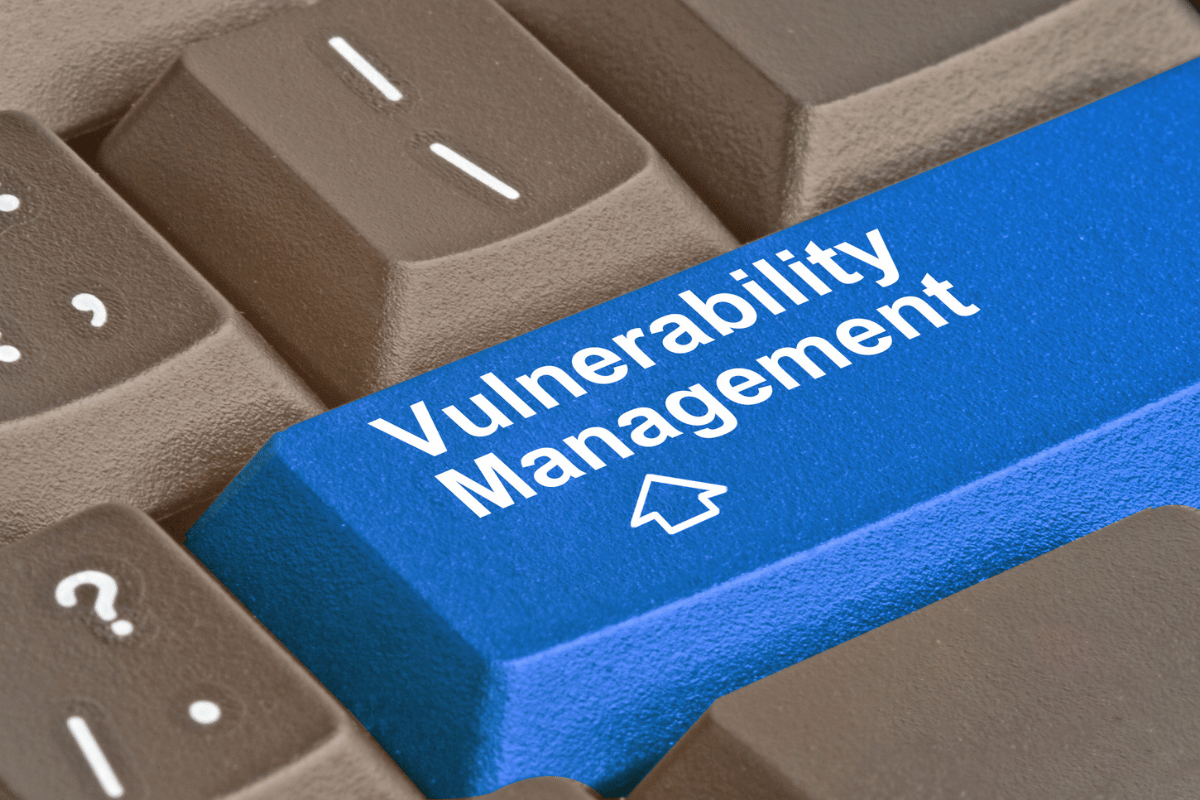Today’s information technology landscape has morphed into an intricate weave of networks and digital platforms, housing vast troves of data that drive businesses and personal endeavors. This digital evolution has unlocked unprecedented productivity and connectivity levels and has given rise to many cybersecurity threats. Vulnerability management emerges as a critical shield in this new reality. This comprehensive process involves identifying, evaluating, and resolving security holes before adversaries can exploit them. An essential aspect of this process is the refinement of workflow automation, which elevates the speed and efficiency of defending against cyber threats.
The importance of vulnerability management rests not just on its preventative capabilities but also on its integral role in maintaining the trustworthiness and resiliency of technological infrastructures. A well-designed vulnerability management workflow systematically addresses potential points of exploitation. It continuously evolves, ensuring the organization’s cyber defenses remain robust against an ever-changing threat landscape. Through diligent adherence to this process, businesses can shield themselves from the costly repercussions of data breaches, protecting their assets and reputation.
Understanding the Vulnerability Management Workflow
Table of Contents
The foundation of a strong vulnerability management strategy is a dependable and repeatable workflow. This systematic process begins with identifying vulnerabilities, flaws, or weaknesses in systems, software, or networks that cybercriminals can potentially exploit. Following discovery, each vulnerability undergoes a detailed analysis to gauge potential threats and their plausible impact. The workflow’s final and most critical component is prioritizing these vulnerabilities. It’s essential that organizations quickly address the most severe vulnerabilities that could have the most significant adverse impact on their operations.
Establishing a Vulnerable Asset Inventory
A comprehensive asset inventory is at the heart of any effective vulnerability management workflow. This inventory functions as the foundational reference for tracking what needs protection. With the diversification of assets across on-premise, cloud, and mobile environments, having an exhaustive and up-to-date asset inventory becomes increasingly challenging yet vitally important. Deploying an inventory management tool offers enormous leverage by enabling IT teams to keep tabs on all organizational assets, resulting in a centralized source of truth and empowering more targeted and informed vulnerability management efforts.
Proactive Vulnerability Scanning
The proactive scanning of vulnerabilities represents a cornerstone of any mature cybersecurity program. It distinguishes reactive security postures, where organizations scramble after an incident, from proactive stances that seek to avert crises before they occur. This proactive approach often involves automated tools that conduct scheduled scans to uncover vulnerabilities. It needs to be more than just periodic scans; continuous monitoring is necessary to catch security gaps that might arise between scheduled scans. Such unwavering vigilance ensures high protection against evolving threats and facilitates organizations to take swift, decisive actions.
Risk Assessment and Prioritization
Vulnerabilities, once uncovered, must be accurately assessed to understand the risk they pose to the organization. The risk assessment taps into criteria such as the severity of the vulnerability, the value and sensitivity of the affected data, and the potential impact of an exploit on the organization’s operations. Following this, prioritization determines which vulnerabilities to address first, often leveraging industry standards like the Common Vulnerability Scoring System (CVSS), which provides a method to quantify the severity of vulnerabilities and guide remediation efforts. This step is critical for safeguarding resources and allocating security efforts most efficiently based on the threat landscape.
Effective Remediation Tactics
Following a clear prioritization plan, organizations must swiftly implement remediation tactics. This involves the deployment of patches, the adjustment of security settings, or even the decommissioning of vulnerable systems. Automated patch management systems are precious as they facilitate the distribution and application of necessary updates across many systems. While automation accelerates the remediation process, it also requires accompanying measures such as comprehensive testing to ensure that new vulnerabilities are not introduced inadvertently. For instance, reviewing case studies from within the industry can illuminate best practices that circumvent common risks associated with remediation efforts.
Measuring the Effectiveness of Your Vulnerability Management Program
It is vital to evaluate the effectiveness of the vulnerability management strategy continuously. Metrics are at the heart of this evaluation, assisting in gauging the program’s performance and aligning it with the outlined security objectives. Such metrics include the number of detected vulnerabilities, the time taken to patch critical vulnerabilities, or the frequency of security breaches avoided. Organizations gain insights into their program’s viability by benchmarking these key performance indicators against industry standards. They can make informed decisions on where to enhance their cybersecurity measures further.
Regulatory Compliance and Vulnerability Management
Regulatory compliance plays a pivotal role in the vulnerability management process. Various industry regulations, such as the General Data Protection Regulation (GDPR) for personal data protection and the Health Insurance Portability and Accountability Act (HIPAA) for healthcare information, mandate stringent guardrails around the processing and safeguarding sensitive information. A vulnerability management workflow that interweaves compliance can help avoid the substantial penalties and operational disruptions often accompanying non-compliance. This proactive alignment underscores the need for a compliance framework that bolsters vulnerability management operations while adapting to evolving regulatory landscapes.
Training and Awareness
Building a security culture within an organization begins with its members’ thorough training and ongoing education. Frequently, the most effective cybersecurity approach assigns equal weight to sophisticated technical defenses and a knowledgeable staff. Security awareness programs play a strategic role in equipping employees to recognize and respond appropriately to security threats, greatly reinforcing the human aspect of cybersecurity. By nurturing security-savvy personnel, organizations can immensely decrease the likelihood and impact of security violations attributed to human errors or oversight.

